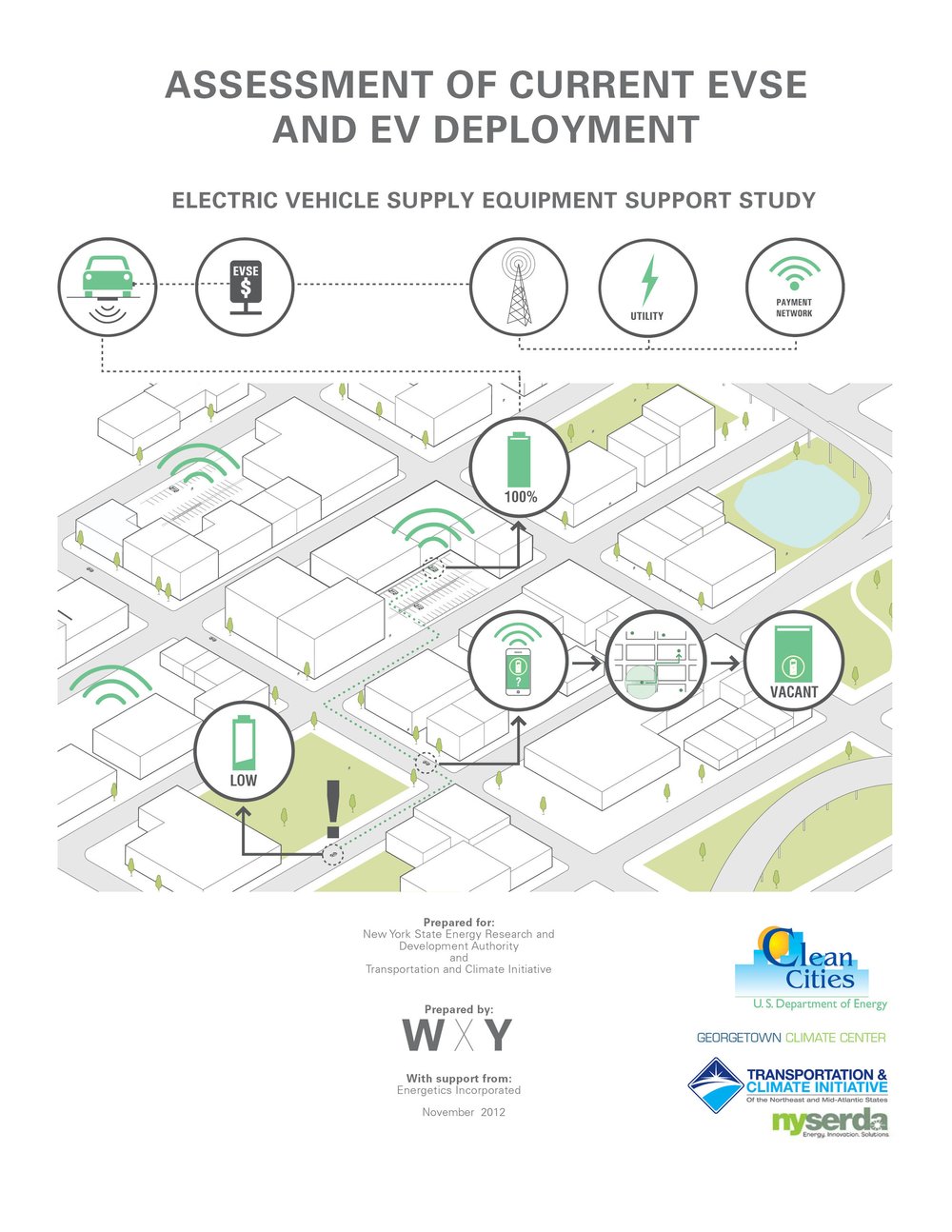
This report analyzes patterns of electric vehicle (EV) ownership and charging infrastructure across the Transportation and Climate Initiative region, offering insights into geographic, demographic, and policy influences, and highlighting areas with potential for increased EV adoption.

Mindful of Mark di Suvero's and Isamu Noguchi's realized visions, four artists were charged to re-envision a discrete area of Long Island City in the publication Civic Action. This culmination of essays, contributions, diagrams, illustrations, images, and charrettes reveals the complexity of challenges ahead, what ideas emerged from the project, and how the four artists, along with their collaborators, address the compelling issues of our urban environment at this time.
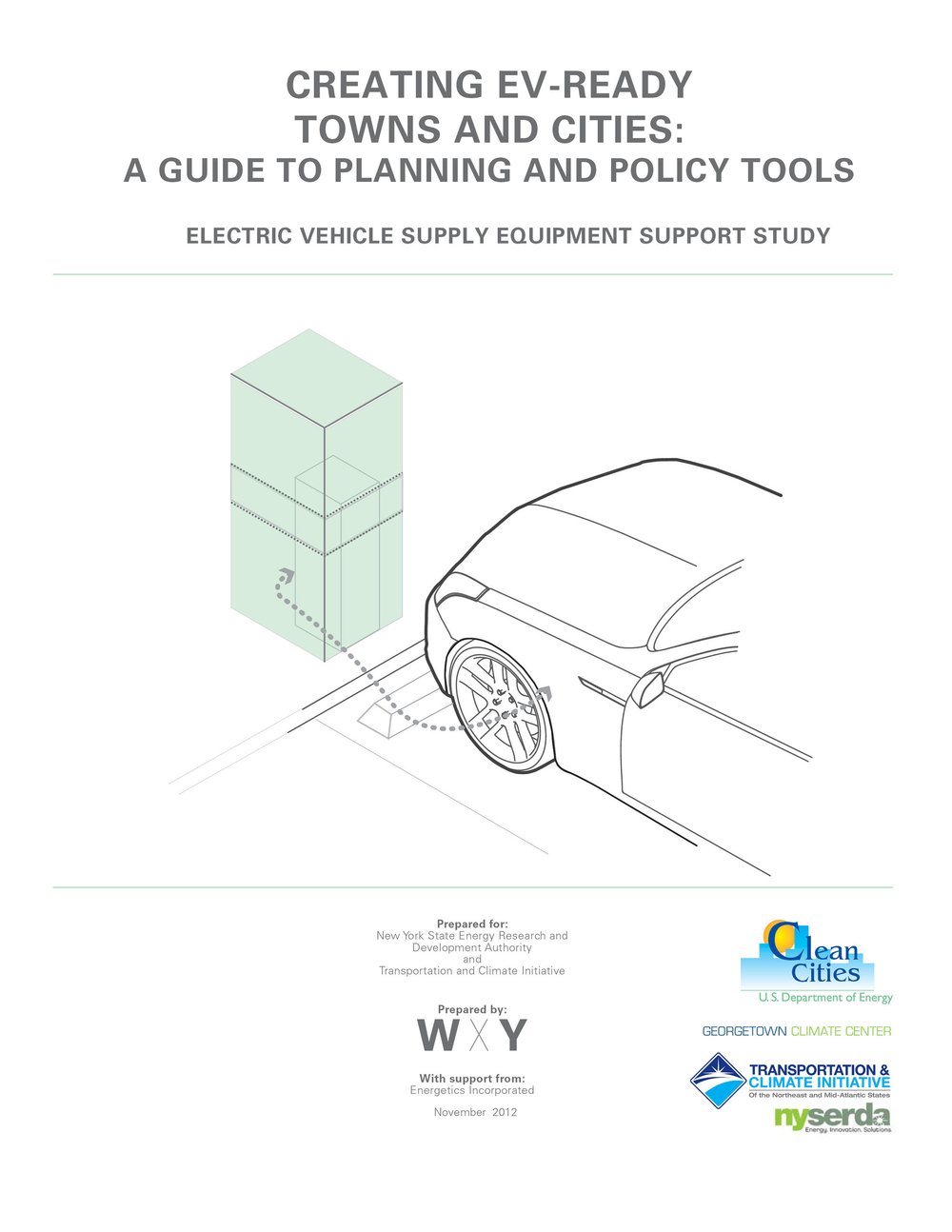
This guide helps local governments make their communities EV-ready by exploring five key policy tools: zoning, parking ordinances, codes, permitting, and partnerships, along with best practices for implementation.
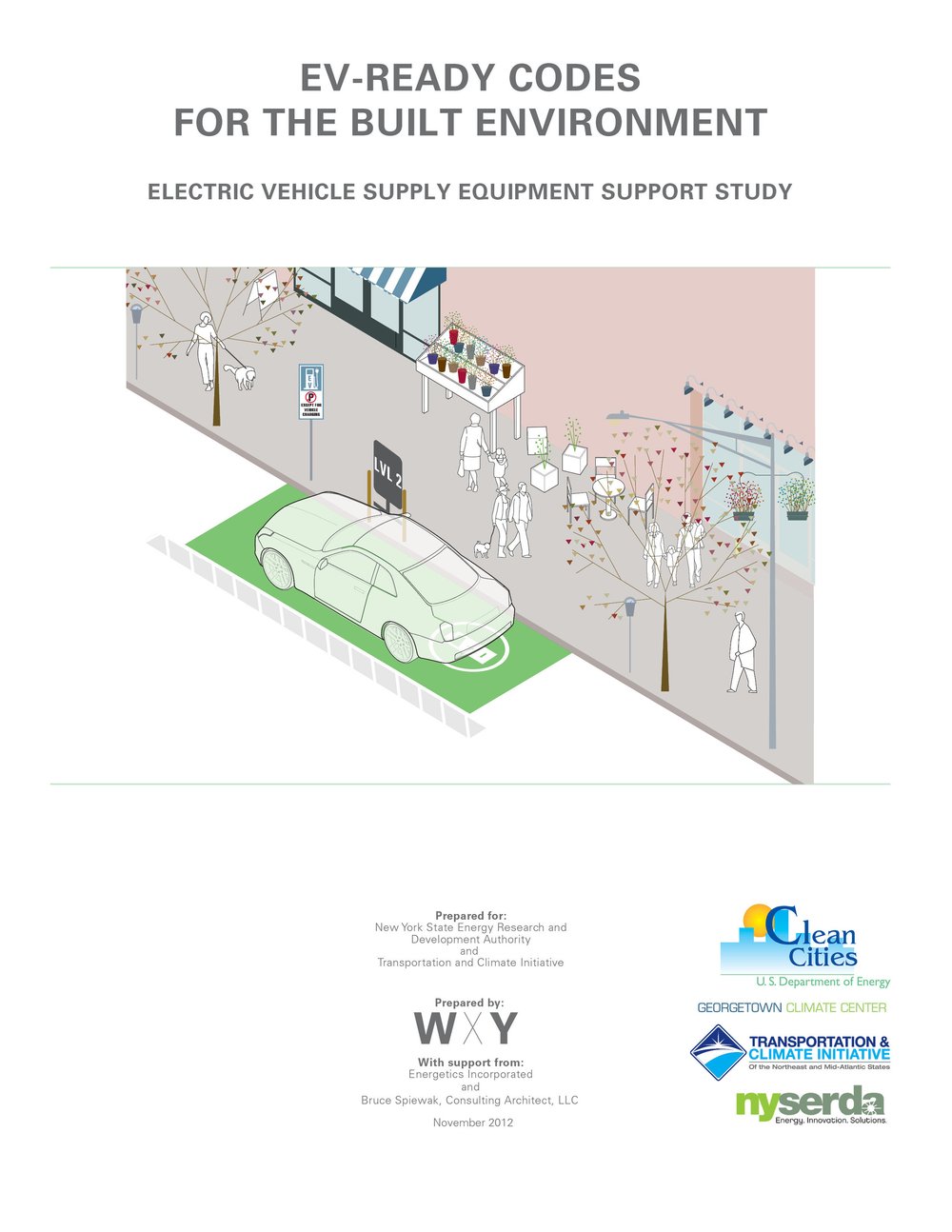
This report supports electric vehicle (EV) charging deployment by examining how building and electrical codes can either hinder or promote EV infrastructure, helping local and state practitioners identify and address code-related barriers to EV readiness.
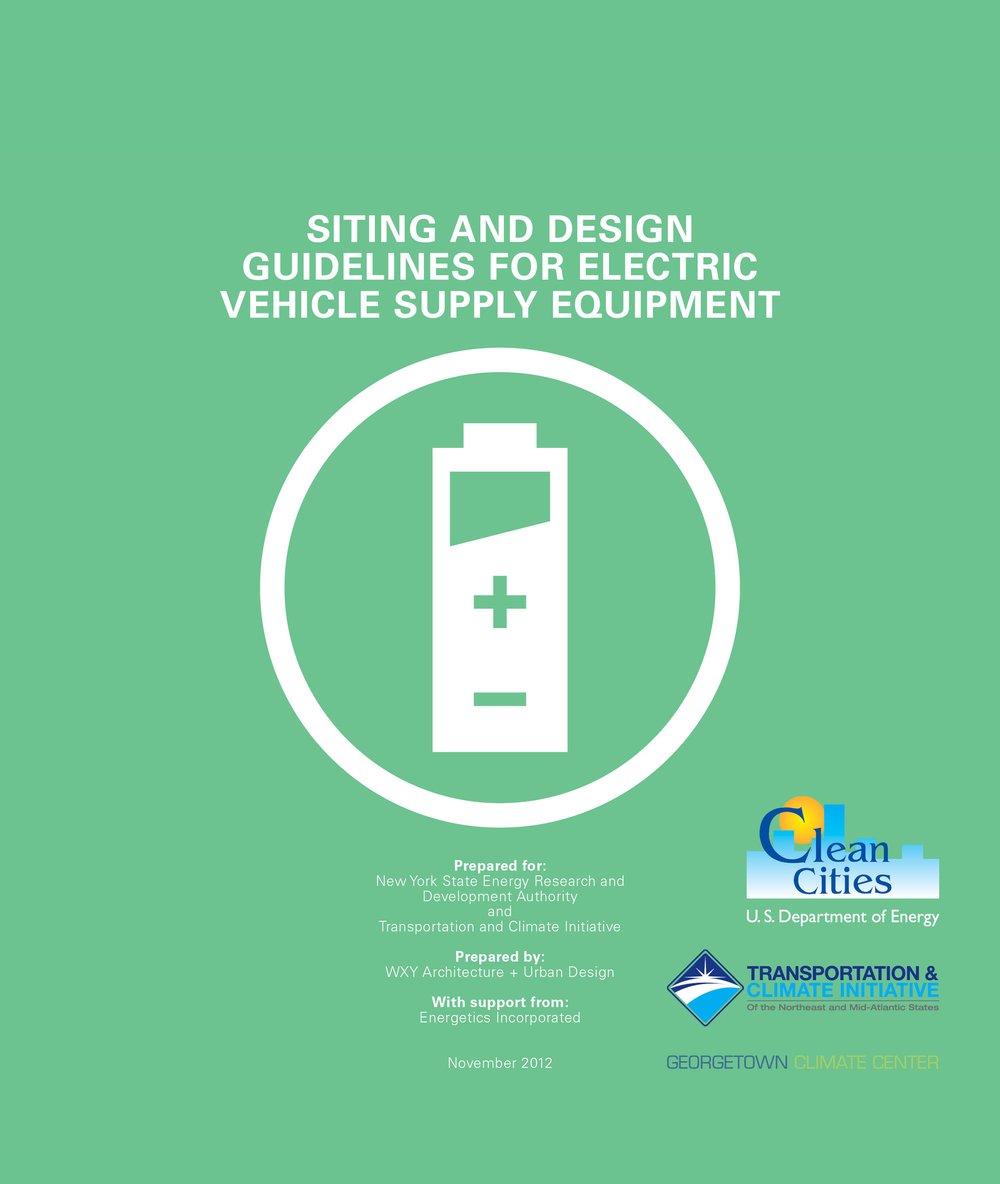
The purpose of these design guidelines is to identify and diagram key siting and design issues that are relevant to local governments as well as developers, homeowners, businesses, utility providers, and other organizations interested in best practices for EVSE implementation.
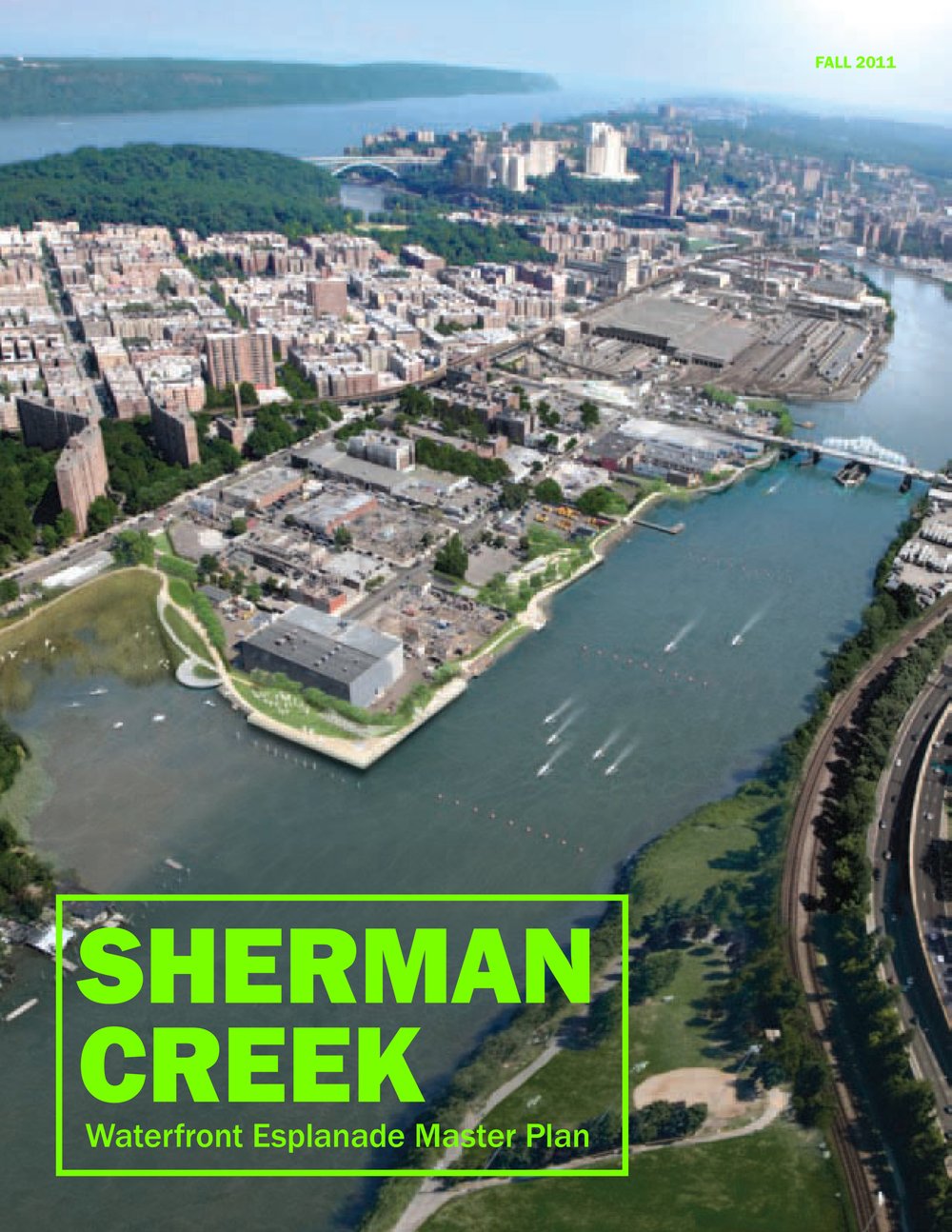
The Sherman Creek Waterfront Esplanade Master Plan establishes a planning and design framework for an open space amenity to revitalize a section of the Harlem River waterfront that has been derelict and inaccessible to the public for decades.

This conceptual plan reimagines Fordham Plaza as a vibrant, pedestrian-friendly public space and intermodal transit hub, with improved traffic flow, expanded plaza areas, and new amenities for enhanced community use.